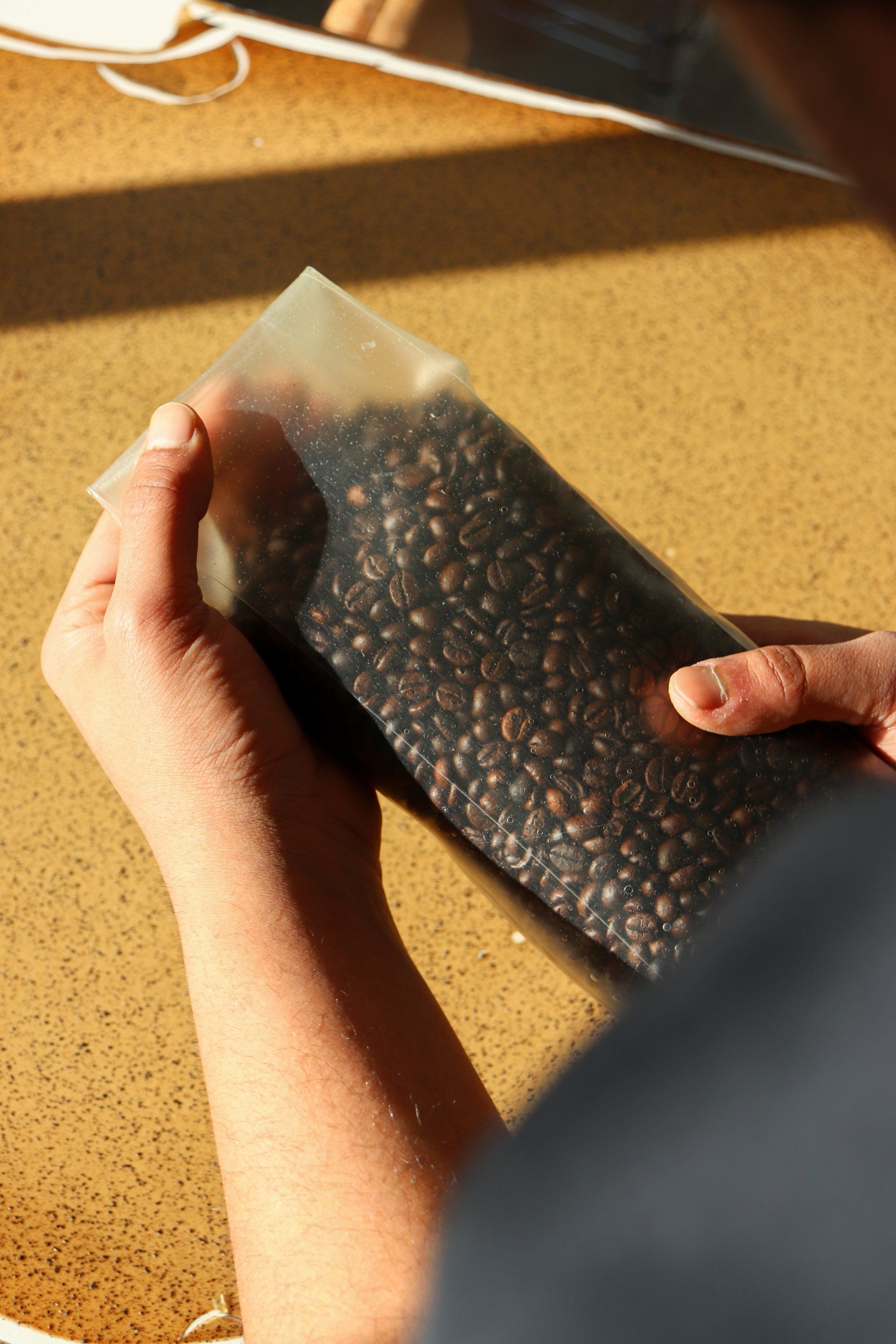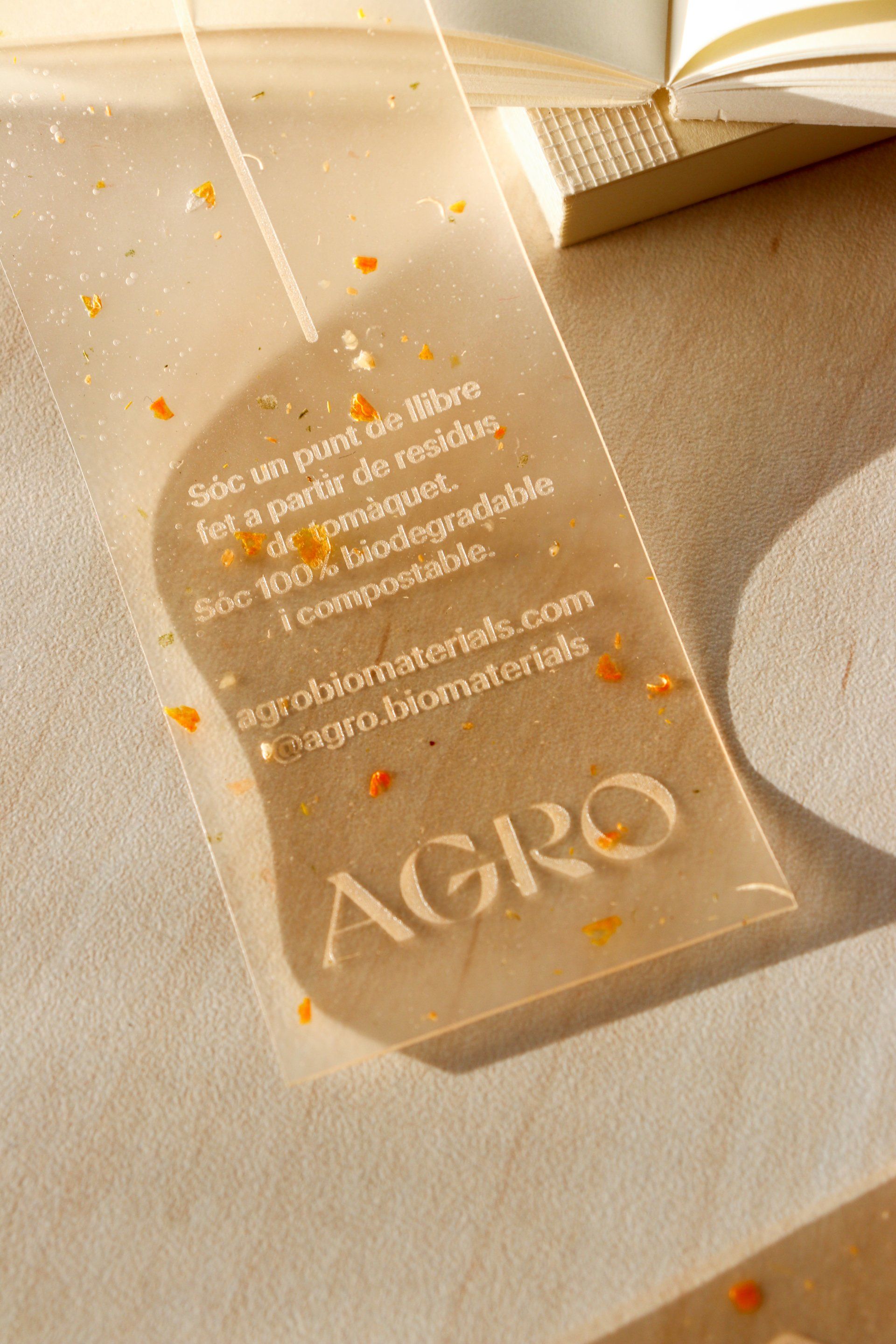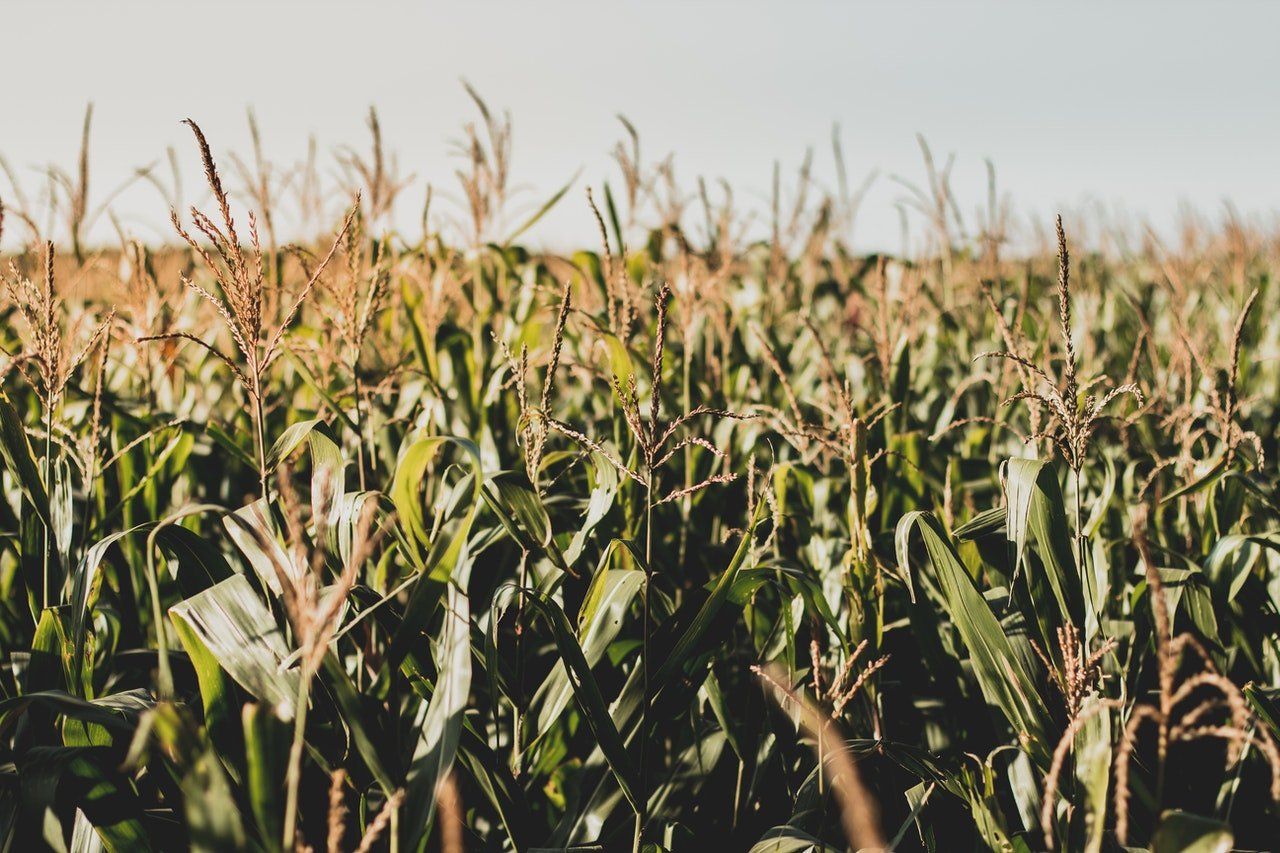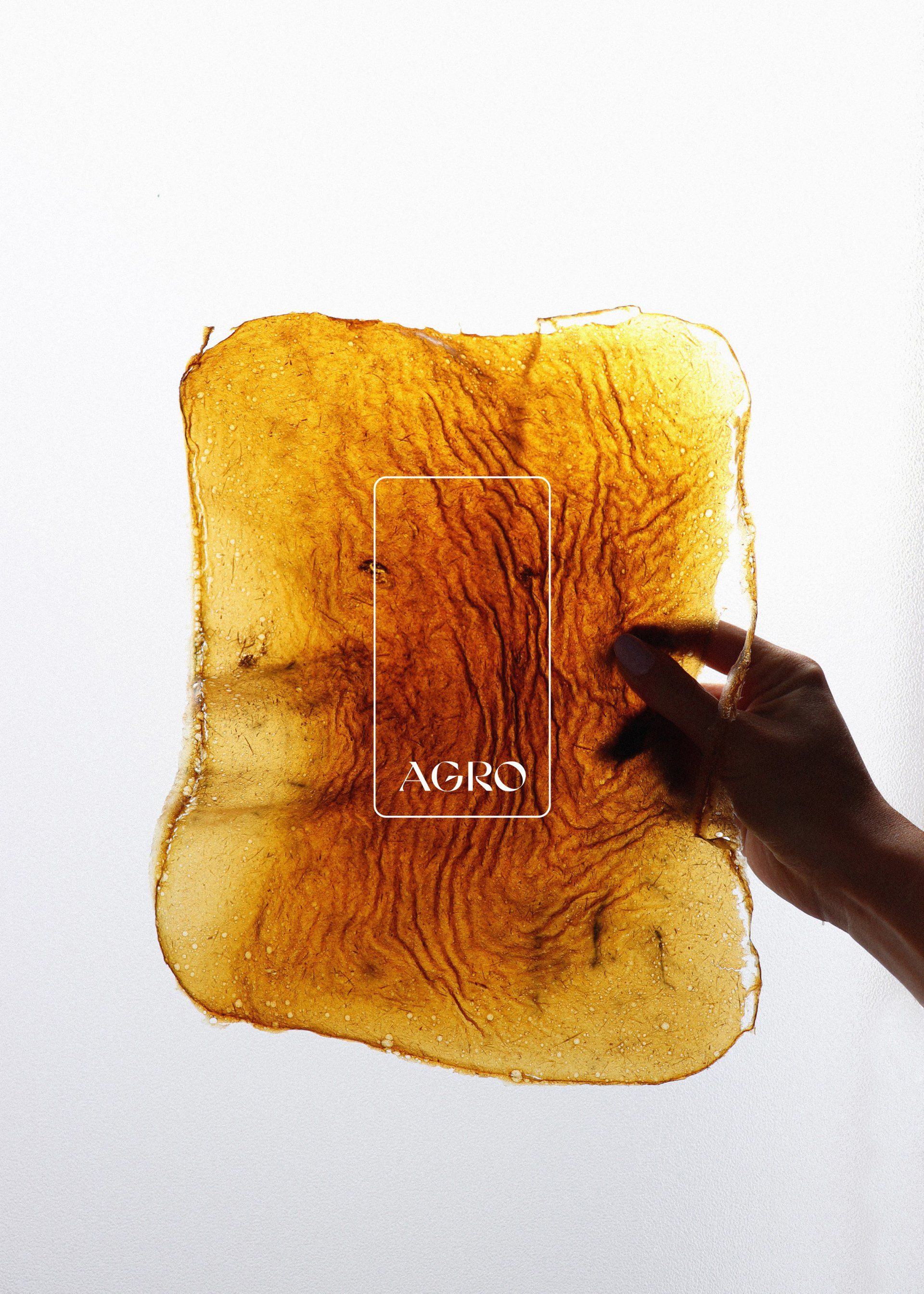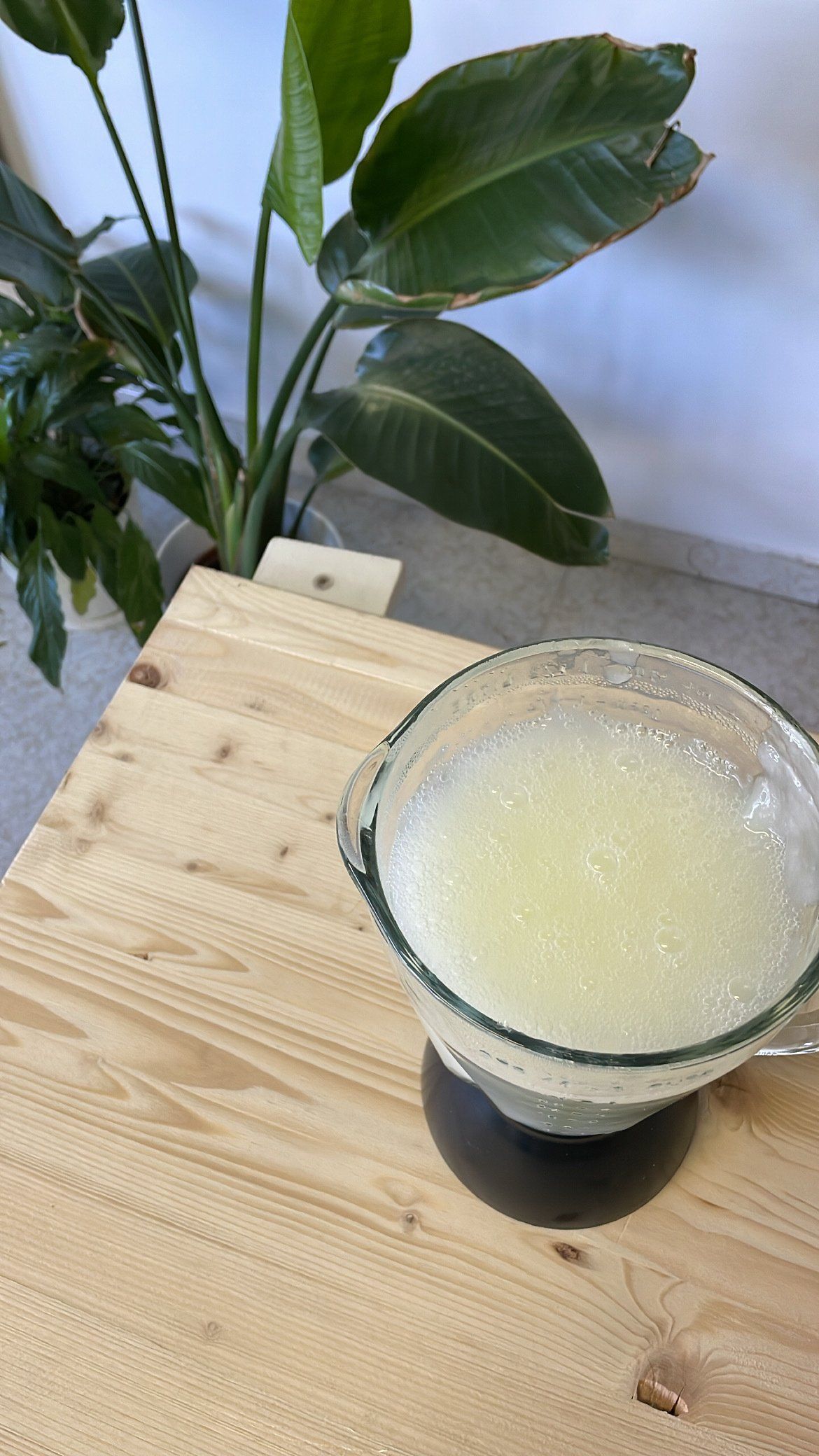Difference between "Maicena" and corn flour
Maicena vs. corn flour
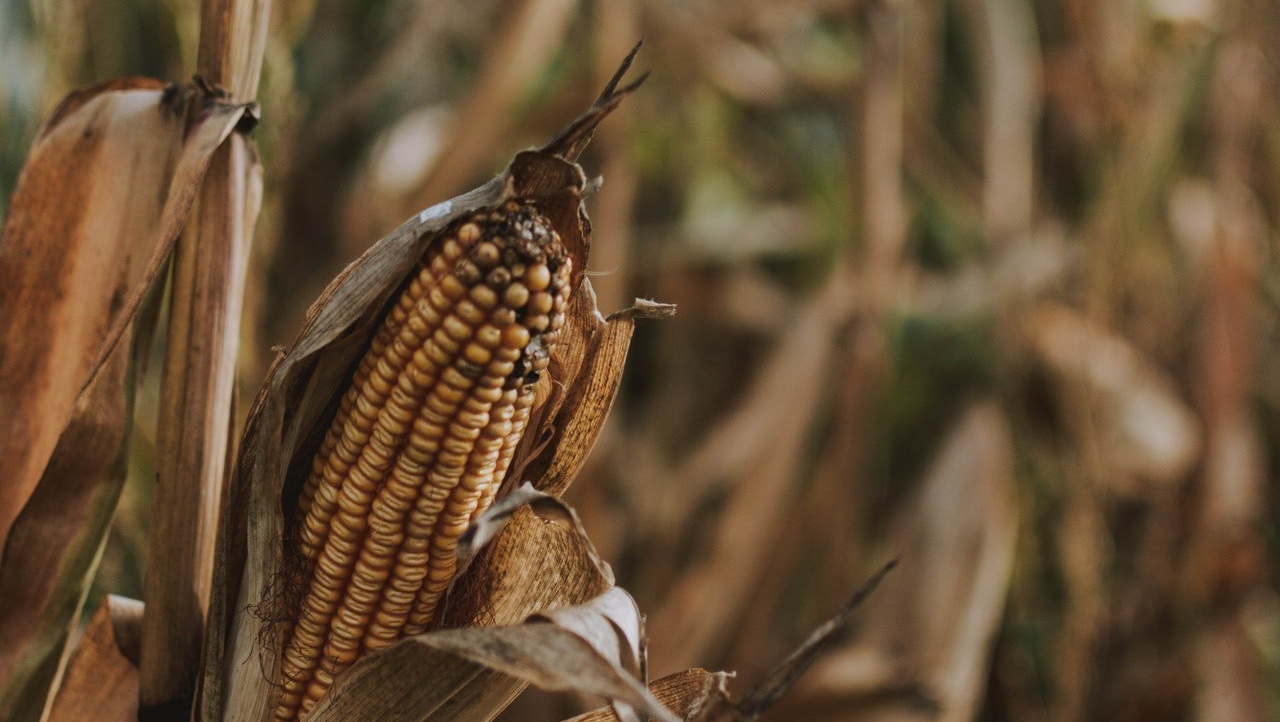
At the culinary level, some recipes call for cornstarch and others for corn flour. The reason is simple: they are two very different elements.
Although we are talking in both cases of flour made from corn grain, the difference is in the way of elaborating one or the other.
In both cases, the hull of the grain is removed for its elaboration, from this moment on, for corn flour the whole grain is used and it is directly milled to obtain the fine powder of corn flour.
In the case of cornstarch, after removing the husk, the germ of the grain is also removed, the grain is ground and soaked so that it ferments, then it is crushed and washed several times to remove all the starch, here lies the big difference with traditional corn flour, since it does not have starch, the properties of the product vary substantially.
Thanks to this process, cornstarch does not contain gluten and consequently it is suitable for coeliacs.
Cornstarch, unlike corn flour, is not as elastic because it does not contain gluten, which makes it much more "rigid" for certain elaborations, and this same lack of "elasticity" is what prevents the elaboration of bread with cornstarch.
These processes of elaboration of both cornstarch and corn flour do not alter their nutritional values, since they finally present, among others, the same number of calories and proteins.
These characteristics make cornstarch more requested for thickening creams and sauces, since it requires much less quantity and is usually more tasteless, and corn flour is ideal for baking and breads.
This is the table of nutritional values of corn starch and corn flour (100g):
| Valor | Maicena | Cornmeal |
|---|---|---|
| Calories | 381 | 370 |
| Protein | 0,3g | 7g |
| Fat | 0,1g | 1,8g |
| Carbohydrates | 91g | 79g |
| Dietary Fiber | 0,9g | 3,9g |
